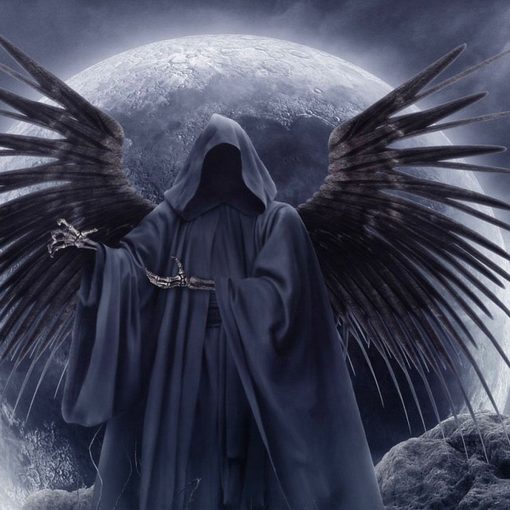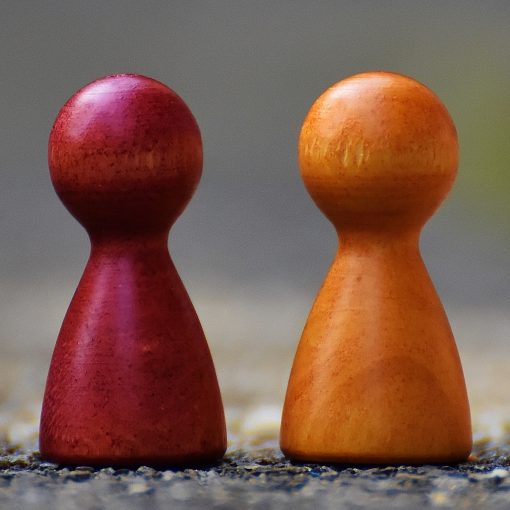So how do horses make us human? There is a question. Someone once asked me what my thinking was on there being empathy in the relationship between horses and humans.
Empathy is generally described as the ability to put ourselves in the shoes of others. To understand their experience. "To feel with another" to paraphrase Brene Brown.
But we are not horses, I hear you cry, and nor are they humans. So, what is this nonsense.
For me, it a question of boundaries. Not physical ones, but those ones that our minds impose upon us. Those boundaries create the binary states of ingroups and outgroups. Those that are like us and those that are different. Science has proved beyond question that just the suggestion of whether some other is in or out of our group, is enough to provoke empathetic responses, or not, in their brain. We dehumanise other humans simply though our use of the right (or should I say "wrong") language.
It is about how we define those boundaries. Monotheism creates a supreme being, our faith in context becoming the ultimate in-group. This is reflected in our lived cartesian dualisms, mind versus body, human versus non-human. In human history all manner of inhumanity has been facilitated by dehumanising "others" through choice language.
But some are suggesting that Rene Descartes was not perhaps absolutely correct. With the trendy growth oriental practices people are recognising practices with more polytheistic foundations have different world views. We are increasingly recognising sentience beyond ourselves. In this way the boundary of in-group extends.
So if we extend the definition of our boundaries, e.g. we’re all mammals, we might engage with our subjects differently. We look for what might now be in common. And that commonality exists in what I shall call the language of conscious feeling. The language of emotion and behaviour could be recognised as something in common.
A common tongue
Behaviour is communication, it is an expression of underlying emotion.
Jaak Panksepp in Affective Neuroscience identifies seven emotional systems that exist across mammals. And yes, that means us too.
Suddenly it feels a little less weird. Now there is something in common. If I can empathically recognise something of your feeling from your behaviour, might I recognise something similar in the animals before me. Do I just need to learn the lexicon of face and body shape, read the language of movement?
If I am hearing something of the unspoken feeling of the horse before me what is going on? Emotional understanding of another as we have said is stepping into their shoes. I do not seek to project arbitrarily the mind of a predator into that of prey, but want to reach out to what is common, I want to reach out to Panksepp’s common building blocks: Seeking, Rage, Fear, Panic, Lust, Play and Care. Whilst science preaches against anthropomorphising, I stand with naturalist and writer Carl Safina on this, "it is a great place to start."
Hearing what is not spoken
Back to the neuroscience – our brains at a binary base level work on a threat versus reward. Is this good for me – I approach it, want more of it – or is this a threat – I seek to move away from, or consider defending myself. Approach and retreat behaviours present within the herd, and they present in an often pronounced way when we insert humans into the horse’s space.
To say that the horse reacts to what the humans bring into their space is too simplistic – there are many variables to consider here. For example, the horse’s learned experience of human behaviour (be that good or bad), or the degree of compromise versus ideal that exists within its day to day circumstances. But what we do see if we stop to look are behaviour changes in the horse. These changes can form a simple scale of self-awareness once we consider that their behaviour might be feedback.
If we are willing to consider a horse’s action as feedback, before we know they become a mirror. What we do now is important. If we can hold a safe space for all parties, we can begin to calibrate ourselves. We can work on how the horse needs us to be. For example, how do we need to be to relax the horse or how should we be if we want the horse to approach us.
And so the dance unfolds, we can reflect on our movement, and we read our own bodies in action through the feedback from a sentient "other". We might develop a scale of being. In this space a new question arises, when we observe a behaviour in the horse, we might ask ourselves “what did I do that created that?”. Or, “how should I be if I want to observe a change?”
The tables turn
And before we know it is not just about the horse.
It is about understanding ourselves. Recognising how we are. Acknowledging and owning the energy or emotion that we take into another’s space. Realising that we own that, and thereafter realising that we can change it.
We can choose to be different. In making that choice we change our world, and that of those that share our space.
And so, I assert this is how horses make us human. Not only do they show us what some might call our unseen self, but they invite us to shift or change. The foundations lie in the empathic power of social beings, I can understand you by understanding myself. I recognise a behaviour in you and become curious about my own.
The horses make us human because they shine a light into the foundation of our humanity, our mammal-ness, our empathic being. Then we have a simple choice, what action will we take when thus enlightened?
This is the challenge that I love within Equine Facilitated Interactions.
You can find out more about this work by contacting me directly of visiting the Athena® website.




